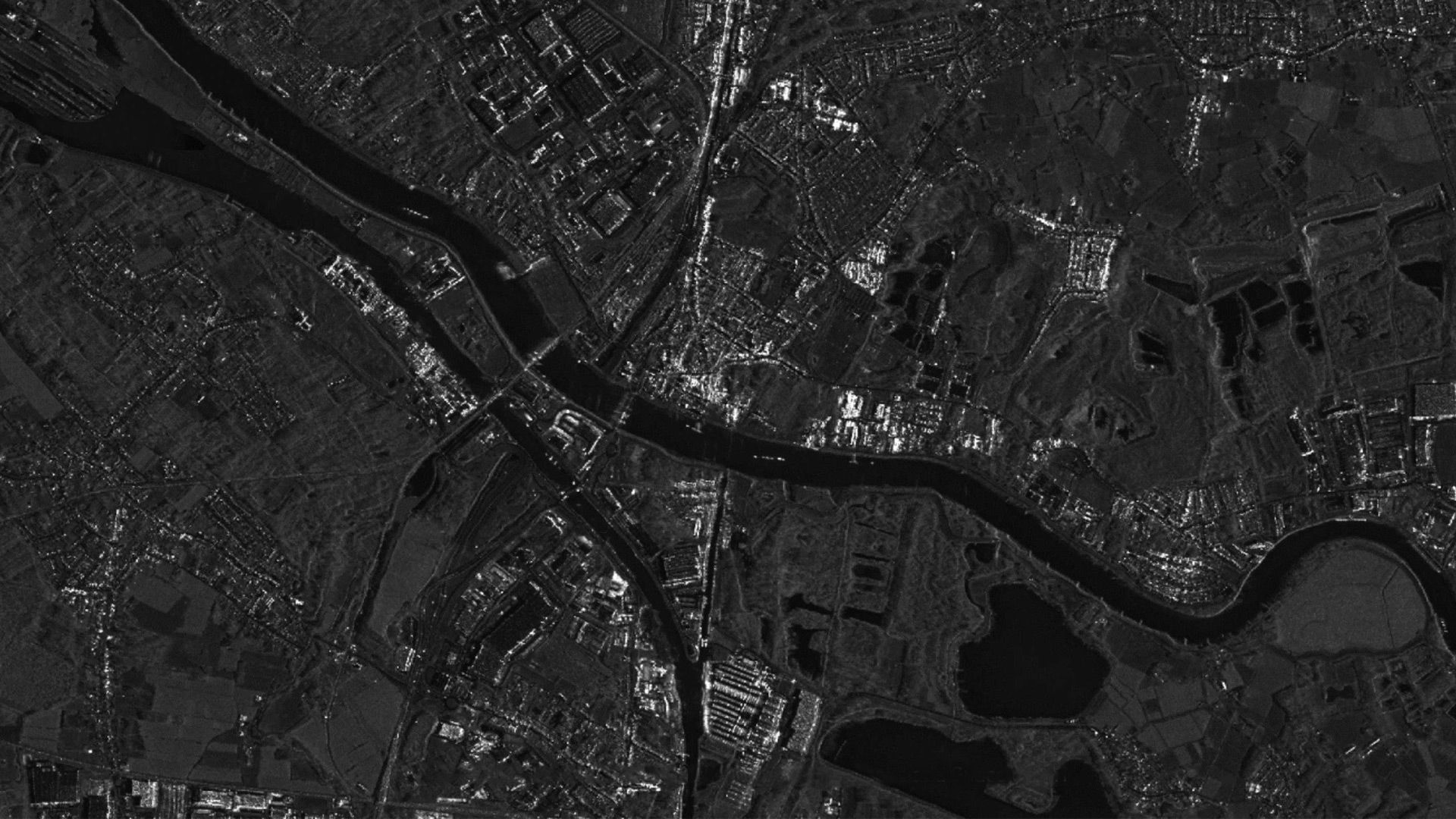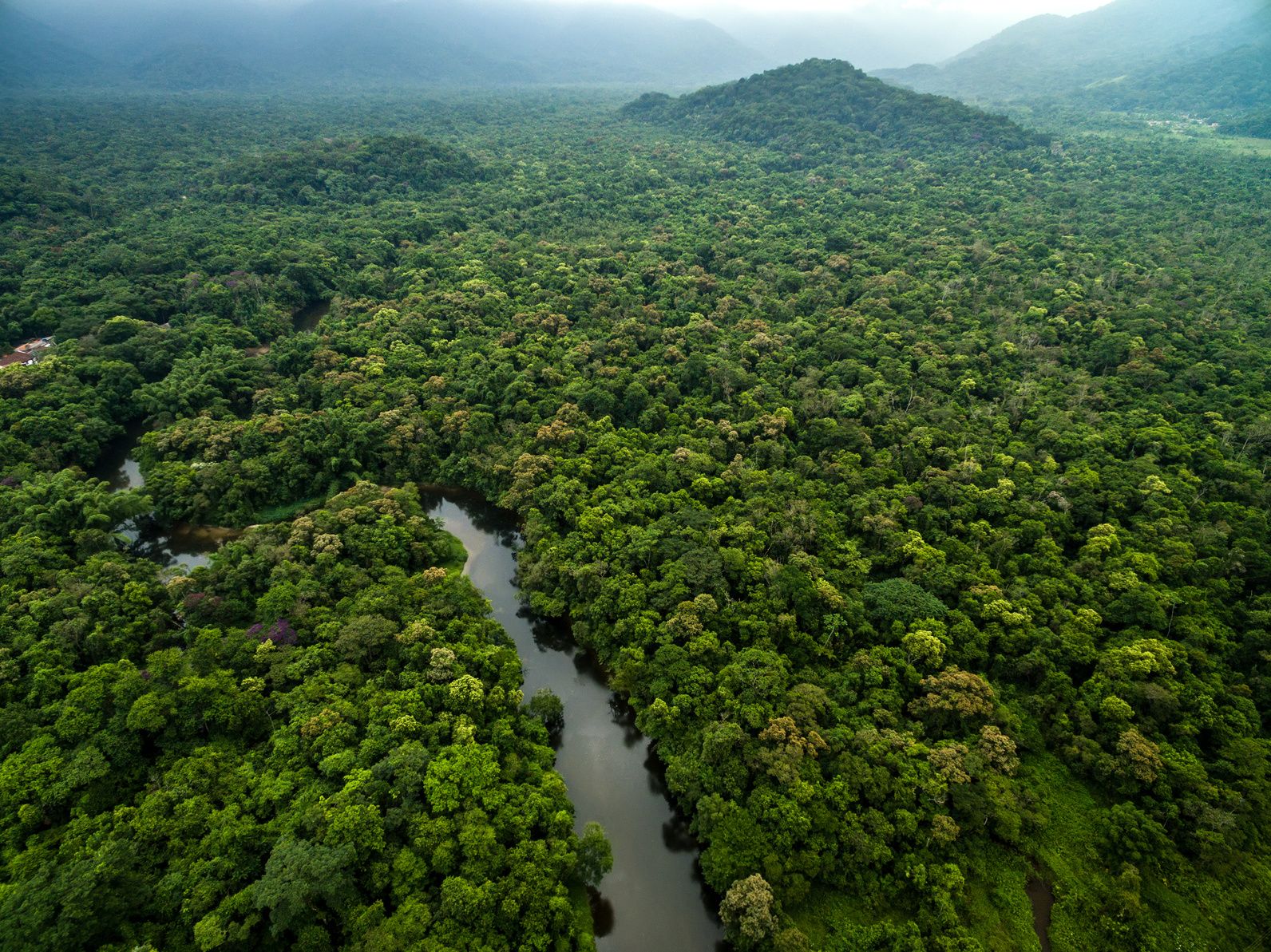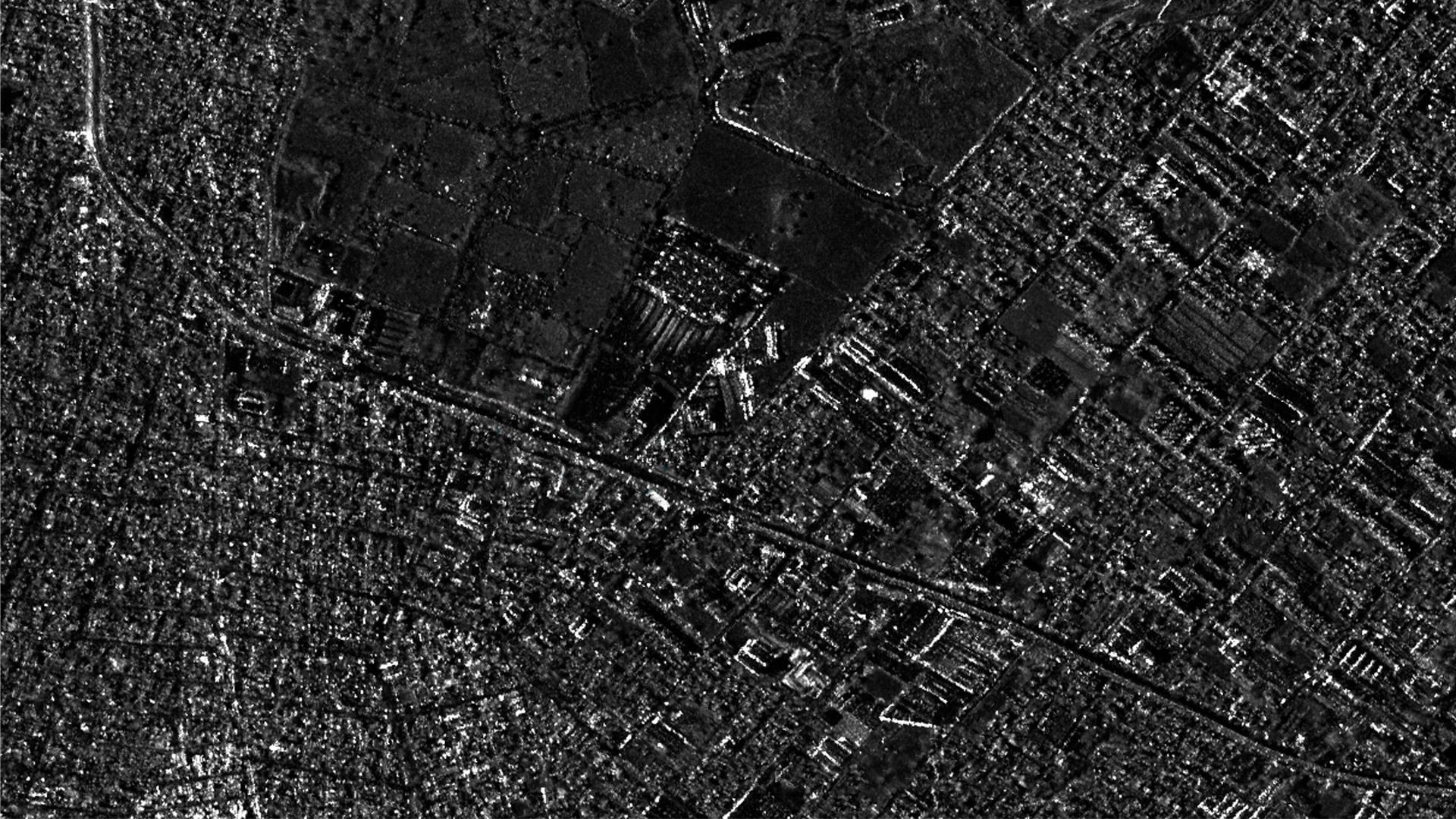
Home
Newsroom
Case Studies
various
TerraSAR-X Radar Data for Infr...
TerraSAR-X Radar Data for Infrastructure Monitoring x TRE ALTAMIRA in Mexico City
Viaduct collapse evaluation using InSAR (Interferometric Synthetic Aperture Radar) analysis over Mexico City, Mexico
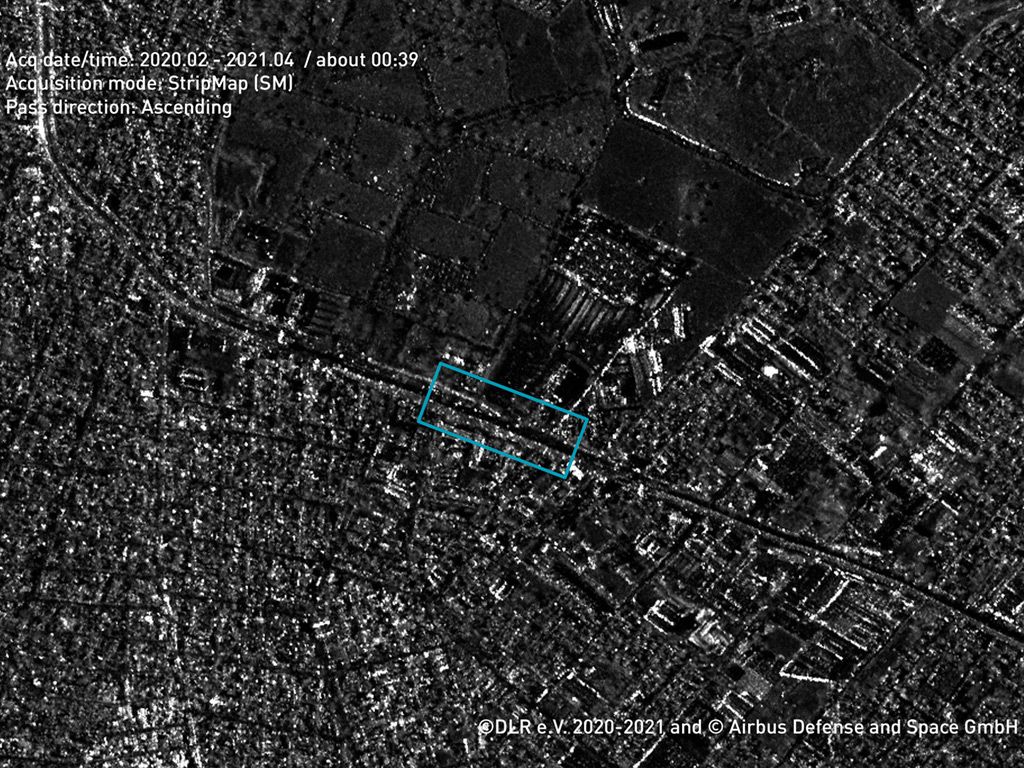
Mexico City Viaduct, Airbus Radar Constellation
On May 3rd, 2021, a girder overpass (viaduct) in Mexico City’s district of Tláhuac, carrying the city’s Metro Line 12, collapsed beneath a passing train. The overpass as well as two cars of the train crashed onto the street below, causing the death of 26 people and injuring 98 others. It was the Metro's deadliest accident in almost half a decade.
After the catastrophic collapse, TRE ALTAMIRA performed an Interferometric Synthetic Aperture Radar (InSAR) analysis to determine whether it was possible to detect precursory motion of the structure.
The challenge is to monitor the structural integrity of infrastructure with a post event analysis which required a comprehensive data archive to allow measurements covering larger areas under stable conditions.
Our Solution
TRE ALTAMIRA processed 40 high resolution Radar Constellation (TerraSAR-X/PAZ) images acquired over Mexico City from February 2020 to April 2021, using its advanced SqueeSAR® algorithm.
170,000 measurement points were identified over the viaduct and the surrounding area.
The largest rates of motion showed a strong spatial correlation to the collapsed section of the Metro Line. The time series of displacement highlighted precursory trend changes since the end of 2020, with rates increasing during the months prior to the event.
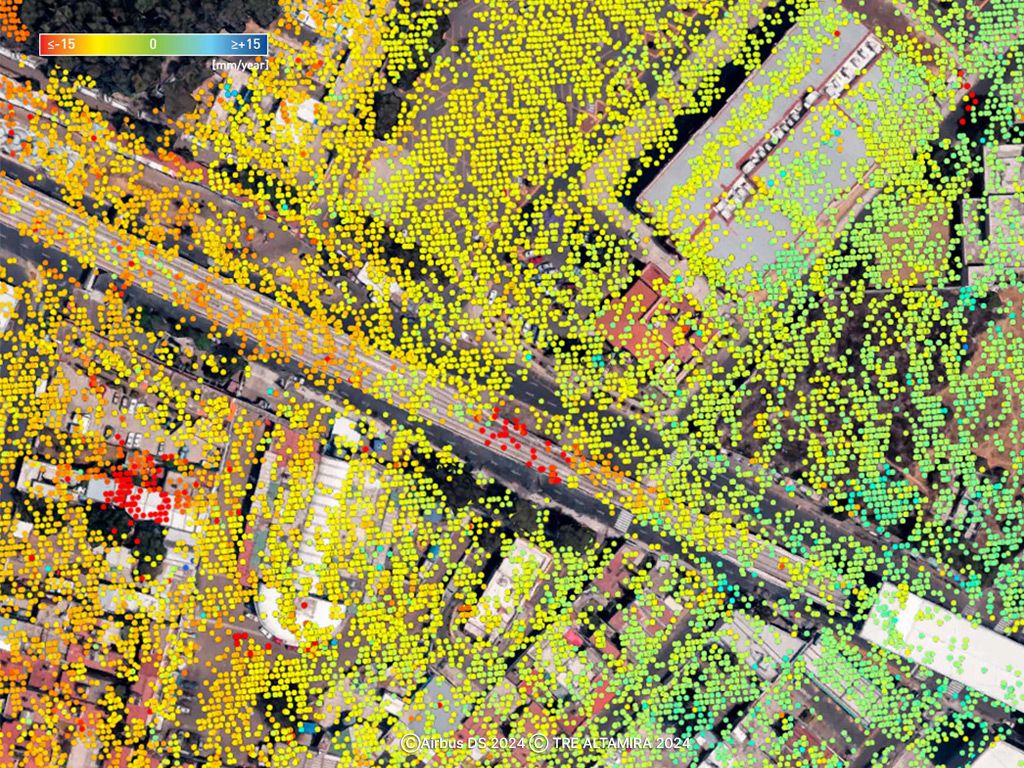
Mexico City Viaduct, Mexico ©Airbus DS 2024 and © TRE ALTAMIRA 2024
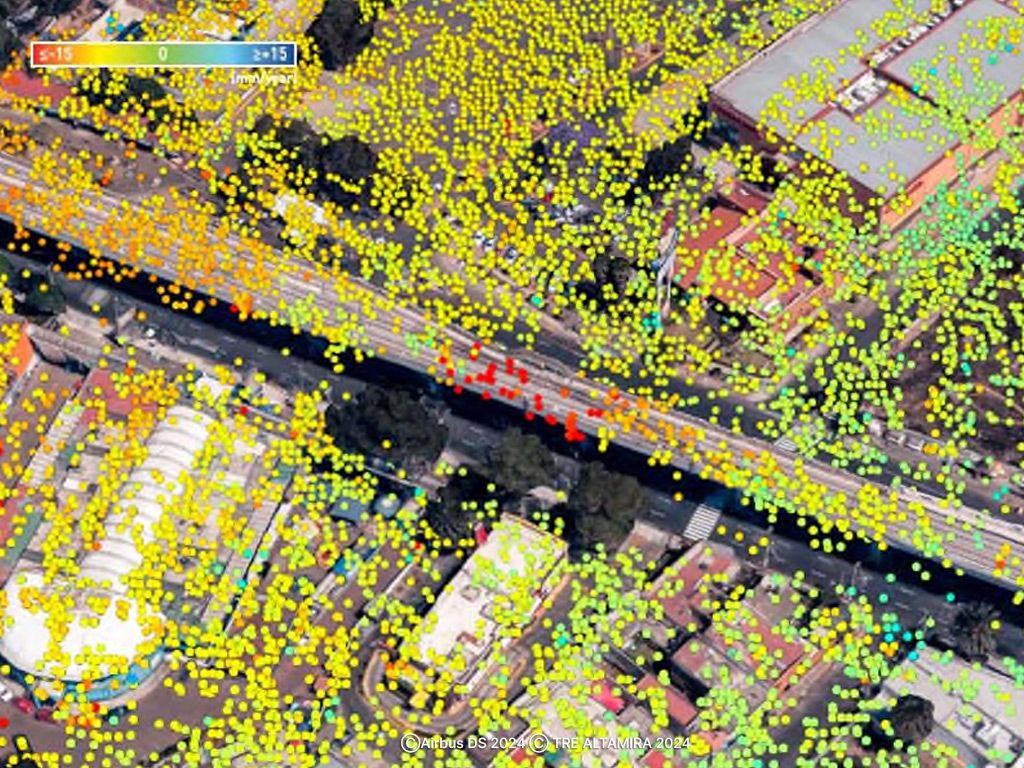
Mexico City Viaduct, Mexico ©Airbus DS 2024 and © TRE ALTAMIRA 2024
Benefits
"The processing of high-resolution Radar Constellation (TerraSAR-X/PAZ) satellite imagery with SqueeSAR® could identify hundreds of thousands of measurement points, showing precursor displacement from the end of 2020 in some areas, with rates increasing the last months prior to the event. InSAR monitoring is one of the valuable tools that can support early warning detection, help assess infrastructure ageing and contribute to predictive maintenance.”
Stefano Cespa
General Manager, Barcelona’s office

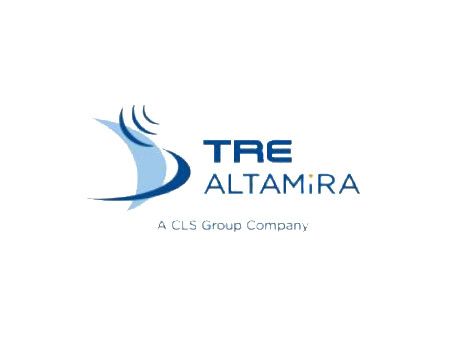
With more than 20 years of experience in satellite InSAR, TRE ALTAMIRA (TREA) is recognized as the world's leading provider of displacement monitoring services using satellite radar data.
They provide millimetric-precision ground displacement measurements and mapping solutions used to mitigate risk, optimize operations, and plan future activities. Their service benefits various market sectors, including mining, civil engineering, oil and gas, and geohazards.
Their satellite technology works without the use of any in-situ instrumentation and complements conventional survey methods. InSAR is a scalable technique used to analyze vast or small areas.
Our sales team will be happy to provide you more information about this case study and how it can meet your business needs.

